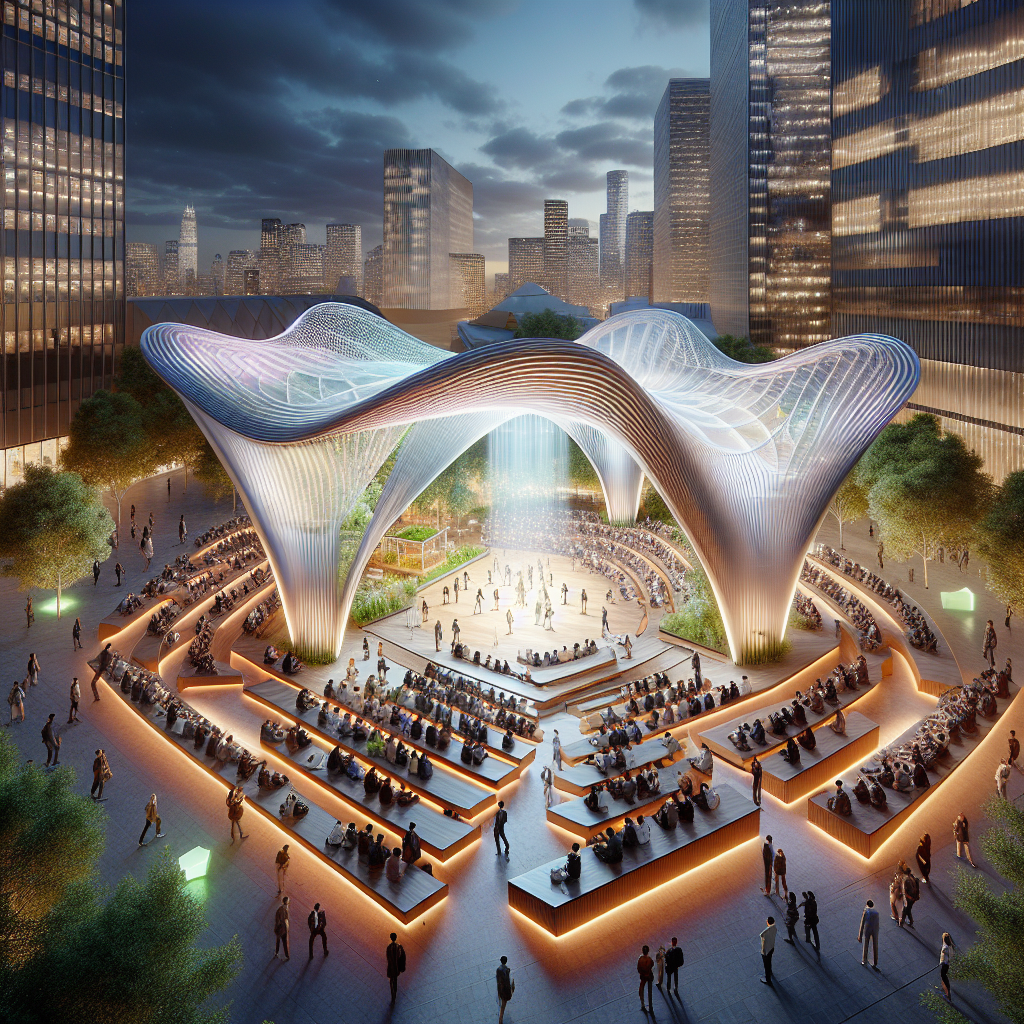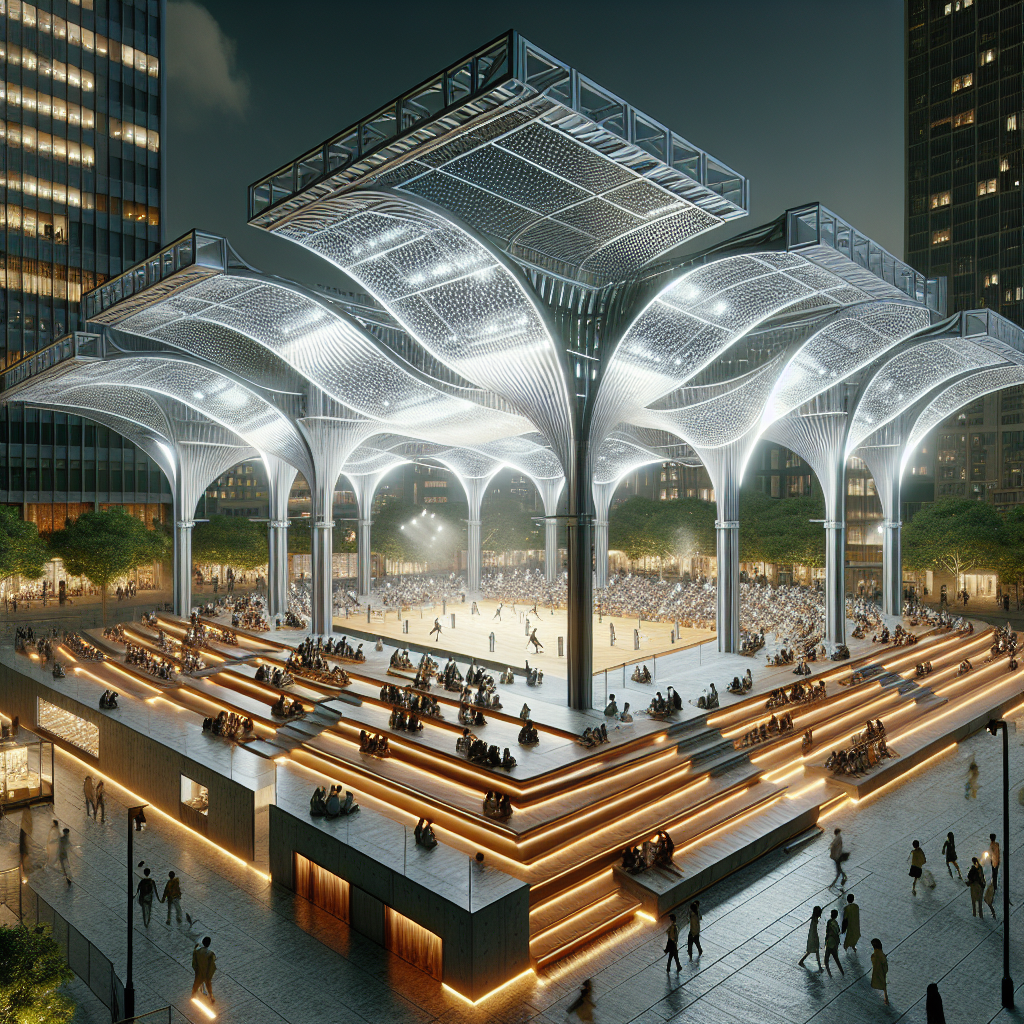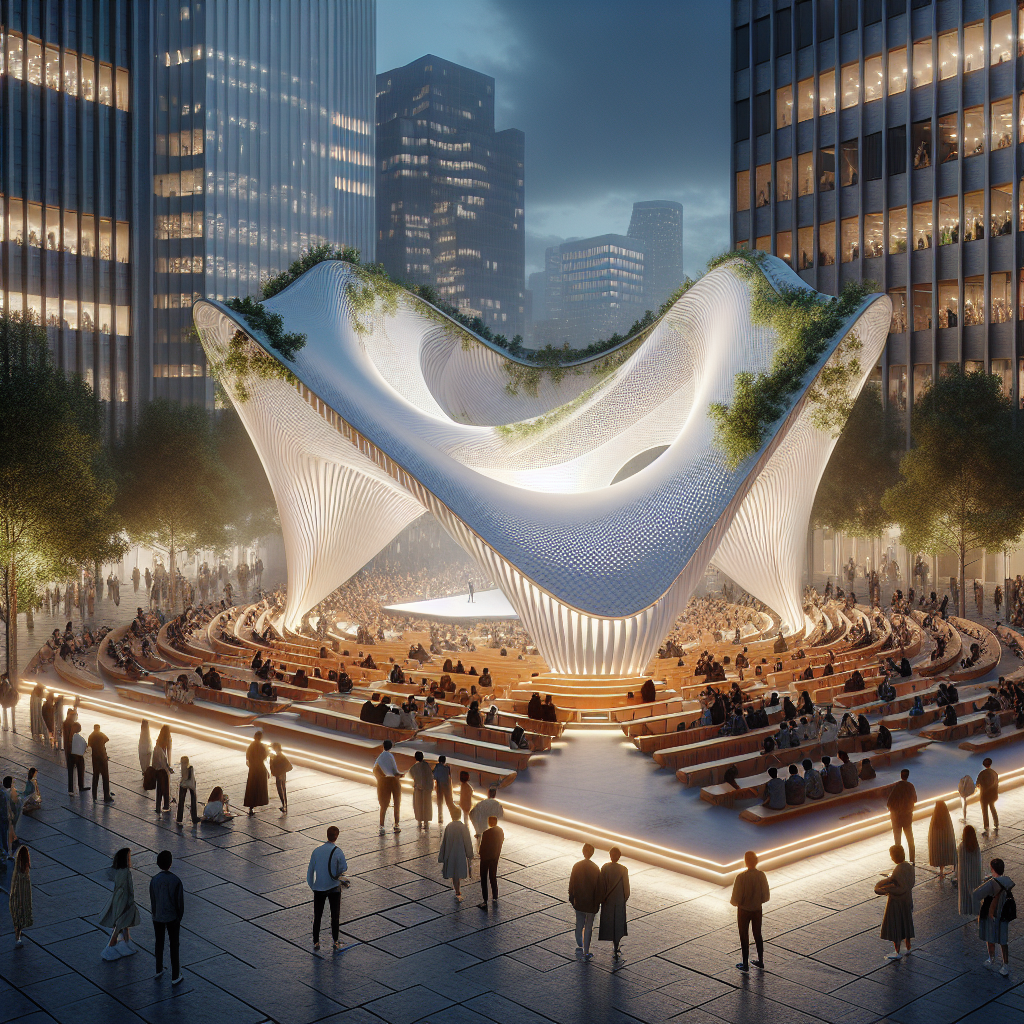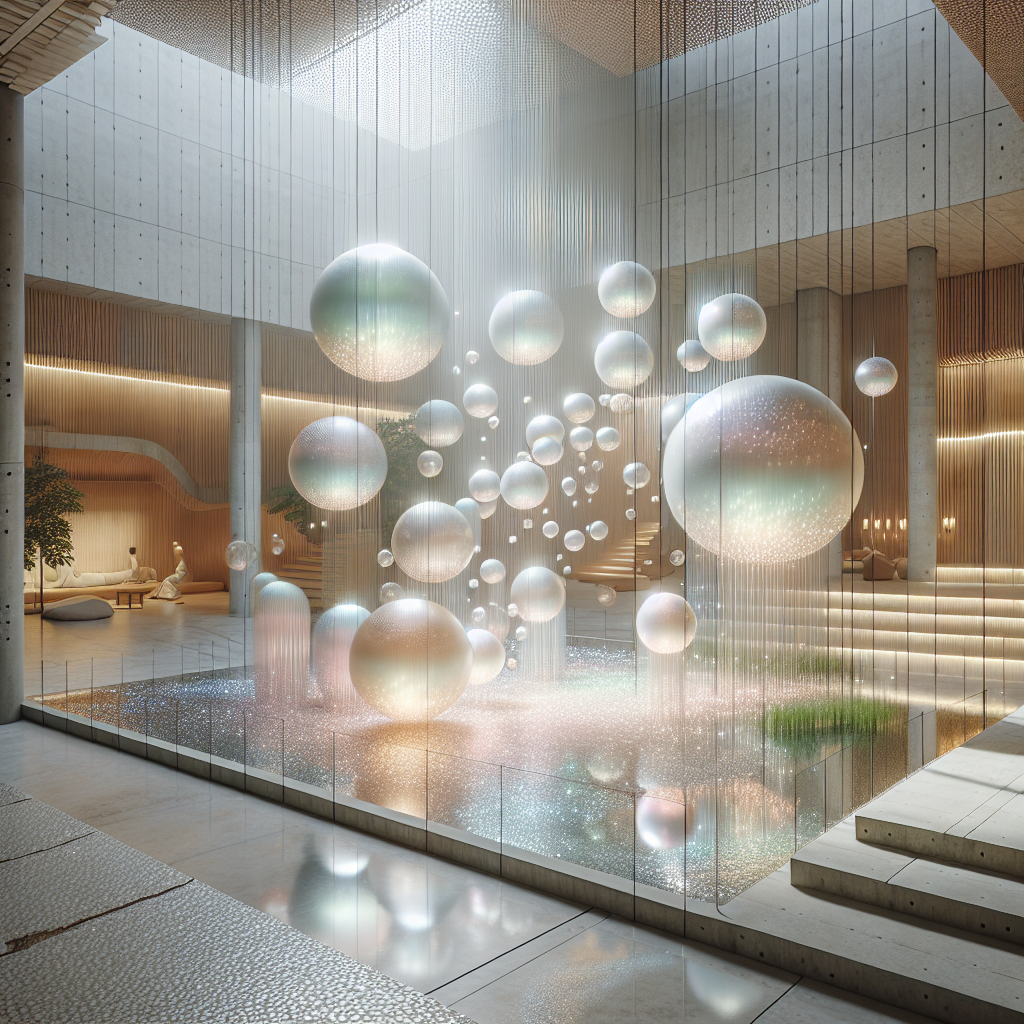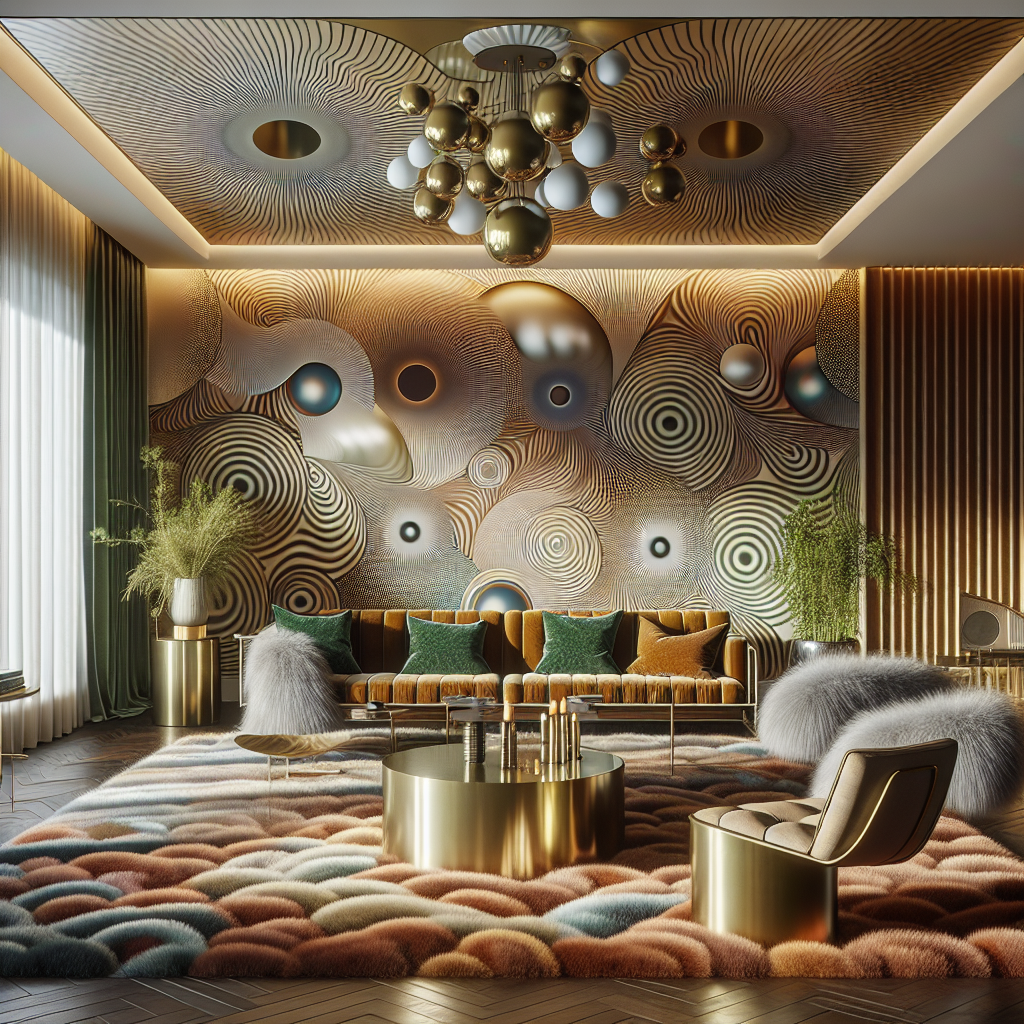Modular ephemeral amphitheaters: pop-up performance spaces constructed in hours
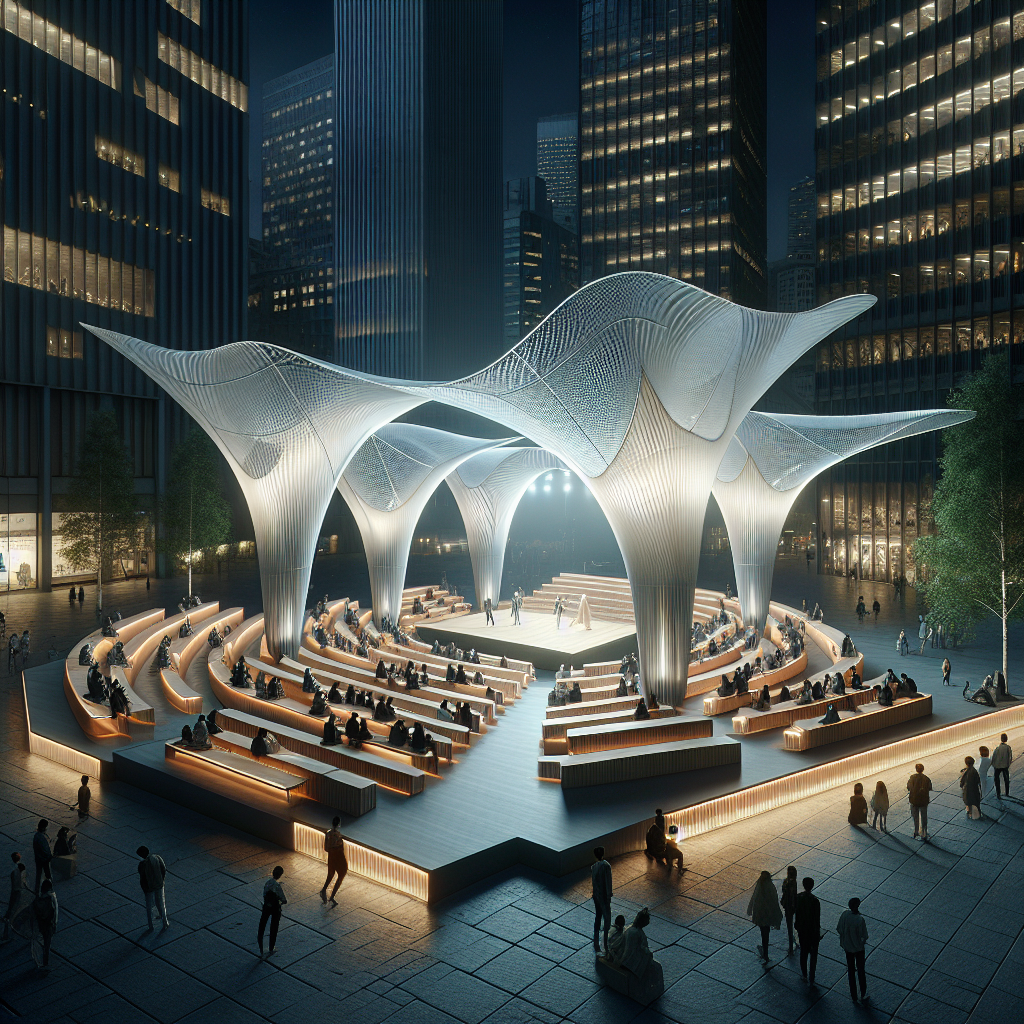
Modular Ephemeral Amphitheaters: Pop-Up Performance Spaces Constructed in Hours
In an era where architecture is increasingly expected to be agile, responsive, and sustainable, a new typology is emerging: modular ephemeral amphitheaters. These temporary, rapidly deployable performance spaces can be assembled in mere hours, transforming vacant lots, waterfronts, or even rooftops into cultural arenas. More than just a logistical marvel, they represent a profound shift in how we conceive of public space, performance, and the architecture of impermanence.
The Rise of Ephemeral Architecture
Ephemeral architecture has long been a part of human history, from the nomadic tents of Central Asia to the temporary pavilions of world expos. What distinguishes today’s modular amphitheaters is their precision-engineered modularity and their ability to merge high design with logistical efficiency. They embody the principles of modular design, where prefabricated components can be transported, assembled, and disassembled with minimal environmental impact.
Unlike traditional amphitheaters, which are permanent and site-specific, these pop-up structures are designed for mobility. They can be deployed for a single evening of performance and then vanish without a trace, leaving the site untouched. This adaptability aligns with broader architectural movements toward circular economy principles and sustainable urban interventions.
Engineering Performance in Hours
The technical brilliance of modular ephemeral amphitheaters lies in their construction systems. Most employ lightweight structural frames—often aluminum or engineered timber—combined with tensile membranes or modular seating pods. These elements are designed to interlock seamlessly, reducing the need for heavy machinery. A small team of trained workers can erect a 500-seat venue in under six hours, a feat that would have been unthinkable even a decade ago.
Acoustic engineering is another critical consideration. Many designs incorporate parametric sound shells—curved panels that can be clipped into place to optimize sound projection. The result is a space that rivals permanent theaters in acoustic quality, despite its temporary nature. In some cases, advanced digital modeling, akin to the techniques used in parametric design, ensures that each iteration of the amphitheater adapts to its site’s unique topography and urban context.
Case Studies: From Festivals to Urban Voids
One of the most striking applications of these amphitheaters has been in international arts festivals. At the Edinburgh Festival Fringe, for example, modular amphitheaters have been deployed in underutilized courtyards, providing intimate yet professional-grade performance venues. In Barcelona, waterfront pop-up amphitheaters have hosted open-air concerts, their glowing tensile canopies reflecting off the Mediterranean at night.
Beyond festivals, cities are experimenting with these structures as tools for urban activation. In Paris, temporary amphitheaters have been installed in post-industrial sites awaiting redevelopment, offering communities access to cultural programming while avoiding the stagnation of unused land. This approach resonates with the principles of adaptive reuse, but with an added layer of mobility and temporality.
Design Language: Aesthetic and Experiential Dimensions
Visually, modular ephemeral amphitheaters are far from utilitarian. Architects are treating them as opportunities for experimentation in form, material, and light. Some feature semi-translucent canopies that glow like lanterns at dusk, while others use CNC-milled timber panels that recall the warmth of traditional amphitheaters. Seating modules often double as sculptural elements, creating a visual rhythm even when unoccupied.
The audience experience is equally central. Designers are rethinking circulation, ensuring that entrances, exits, and seating arrangements foster a sense of inclusivity and intimacy. The absence of heavy walls or permanent infrastructure allows for a fluid relationship between performer, audience, and cityscape. In some designs, the amphitheater is porous, with passersby able to glimpse performances from the street, blurring the boundary between public life and staged spectacle.
Sustainability and Circularity
In an age where architecture is judged as much by its environmental footprint as by its form, modular ephemeral amphitheaters excel. Their components are designed for repeated use, with lifespans extending across dozens of assemblies. Materials are chosen for durability and recyclability—aluminum frames, biocomposite panels, and tensile fabrics that can be repurposed. Some projects even integrate solar-powered lighting systems, aligning with the ethos of solar-powered design.
According to a 2023 report by the Global Alliance for Buildings and Construction, temporary modular structures could reduce embodied carbon emissions by up to 40% compared to traditional construction methods. This positions ephemeral amphitheaters not just as cultural assets, but as climate-conscious interventions in the urban fabric.
The Future of Performance Architecture
As cities grapple with shifting cultural patterns, economic uncertainty, and the need for resilience, modular ephemeral amphitheaters offer a compelling model. They allow cultural institutions to expand programming without the financial and ecological burden of permanent construction. They enable municipalities to test new cultural geographies, bringing performances to underserved neighborhoods or unexpected sites. And they invite architects to explore a design language rooted in impermanence, adaptability, and spectacle.
Looking ahead, we may see these amphitheaters evolve into even more sophisticated forms: structures with kinetic facades that adapt to weather, AI-driven acoustic adjustments, or biophilic integrations that weave greenery into the performance environment. The potential is vast, and the typology is still in its infancy.
Why This Matters for Design Professionals
For architects and designers, modular ephemeral amphitheaters represent a laboratory for the future of architecture. They demand mastery of modular construction, acoustics, material innovation, and urban strategy—all within the constraints of speed and reversibility. They also invite us to rethink the cultural role of architecture: not as a fixed monument, but as a living, temporary framework for human gathering and expression.
In this sense, they echo the ethos of experimental pavilions, yet with a sharper focus on performance and community. For design professionals attuned to the shifting currents of urban life, they are not just a trend but a paradigm shift—one that will likely influence broader practices in temporary housing, disaster relief, and even commercial architecture.
Final Thoughts
Modular ephemeral amphitheaters are more than pop-up stages; they are a testament to architecture’s ability to be light, mobile, and transformative. They demonstrate that high design need not be permanent to be impactful, and that cultural infrastructure can be as flexible as the performances it hosts. In a world increasingly defined by uncertainty, these structures offer a rare combination of agility, beauty, and sustainability—qualities that resonate deeply with the future of design.
